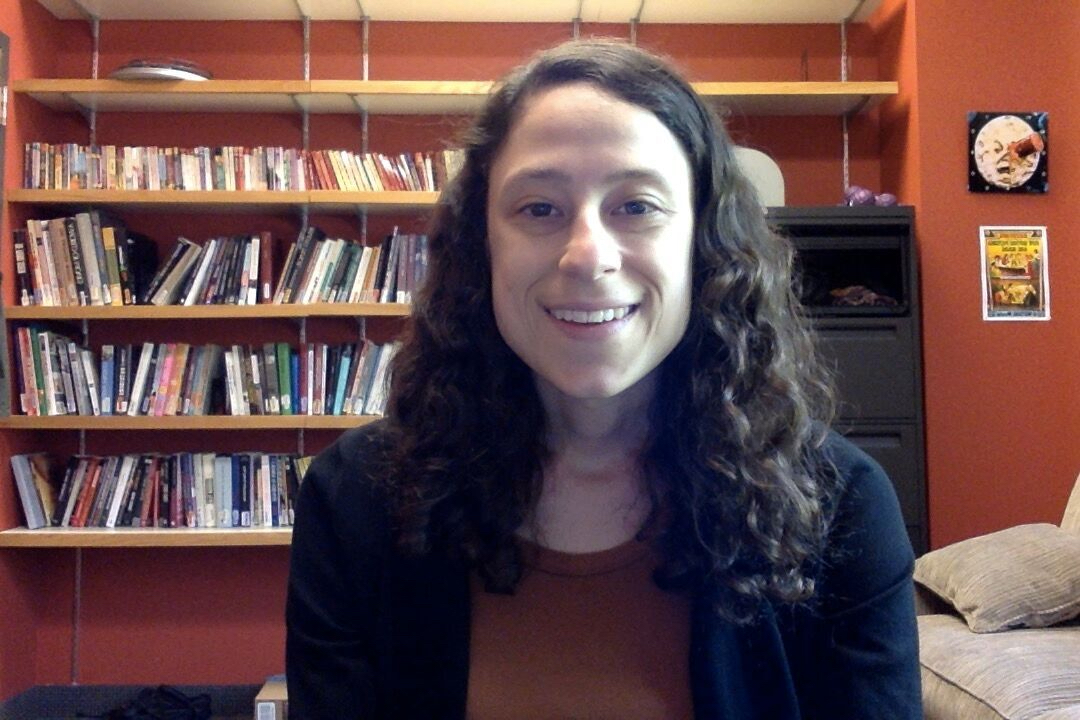Event
Death from Laughter, Female Hysteria, and Early Cinema
Did early film audiences really find movies so funny that they laughed themselves to death? No, they did not. But dozens of women around the country laughed themselves to death in other contexts, including housework, opera spectatorship, and dentistry. This talk will consider the social politics of women’s laughter and the perceived therapeutic effects of early cinema during the late-nineteenth and early-twentieth centuries. According to popular news reports and obituaries of the time, hundreds of women died from laughing too hard. Any activity in modern life—going to the circus, playing bridge, or salting pork in the kitchen—could become a gateway to the convulsions of hysterical laughter for women. Whereas laughter allegedly killed ordinary women, female hysterics could endure multi-day laughing, barking fits without any lasting effects on their bodies. I focus on this striking opposition between women’s hysterical laughter and female laughing hysteria through the archives of early cinema (1894-1920).
Maggie Hennefeld is an Assistant Professor of Cultural Studies and Comparative Literature at the University of Minnesota, Twin Cities. In 2018-2019, she will be in residence at Princeton University as a Mellon Fellow at the Institute for Advanced Study in the School of Historical Studies. She is author of Specters of Slapstick and Silent Film Comediennes (Columbia University Press, 2018). Her articles have appeared in volumes and journals including Camera Obscura, Discourse, Film History, and differences. She is co-editor of two forthcoming books, The Abject Objection (Duke University Press, 2019) and Unwatchable (Rutgers University Press, Fall 2018), and a themed issue on "Gender and Comedy" (Spring 2017) of Feminist Media Histories.

